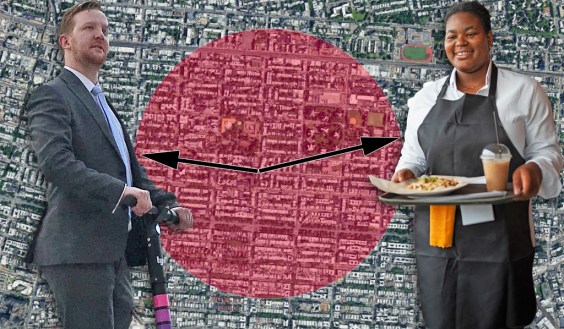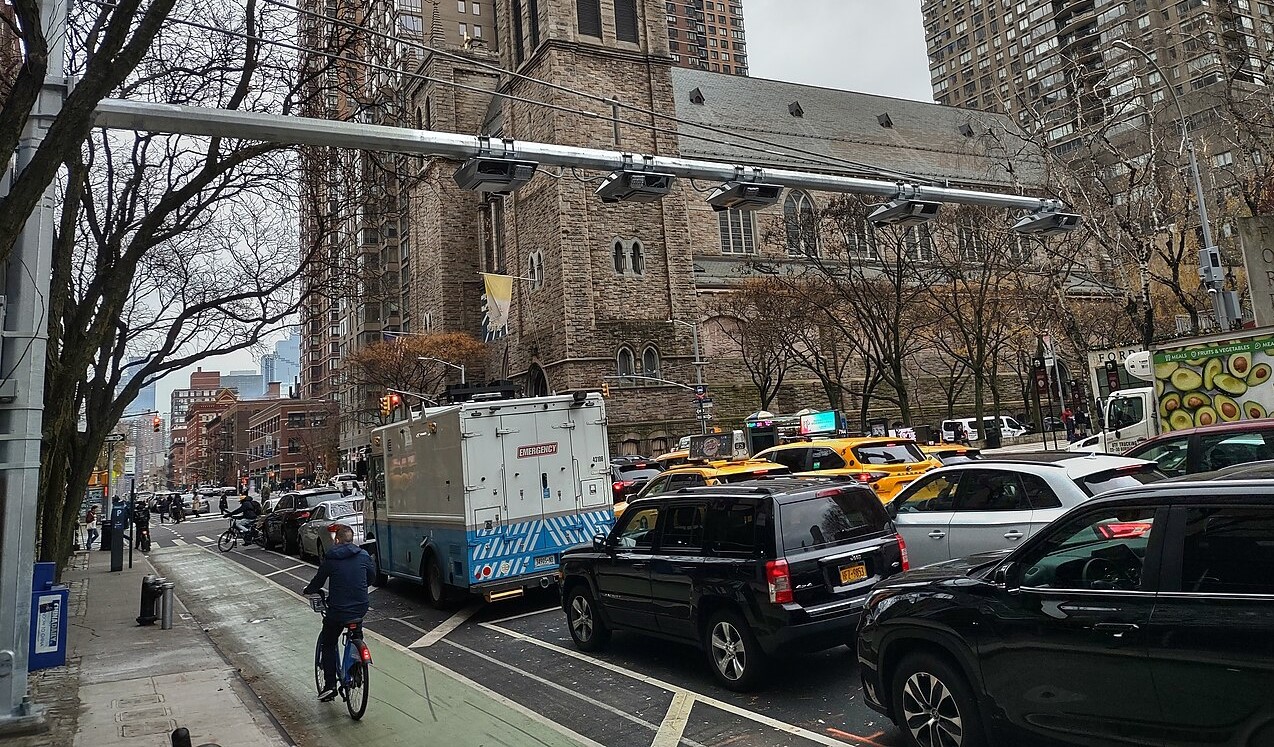In cities with steep hills, public staircases can be an important piece of the walking network. Like any type of infrastructure, however, sometimes cities let their staircases fall apart.

Randy Simes at Urban Cincy says that's happening to many of Cincinnati's public stairs right now. To turn around that situation, he points to Seoul, South Korea, for inspiration:
Many of [Cincinnati's] public staircases, which long served as a critical component of the sidewalk network, have fallen into disrepair. In many cases, due to either lack of maintenance or neighborhood distrust, public staircases have been closed off altogether.
This should not be the case.
One potential way to address this would be to focus an ArtWorks program on the city’s public staircases. Artists could be engaged to come up with creative mural designs for the stairs themselves, or perhaps suggest other installations. These could then be complemented by lighting installations that would not only add an artistic touch after dusk, but also make the corridors safer for their users and the neighborhoods around them.
Seoul’s Ihwa neighborhood has done exactly this.
Set on the side of a steep hill leading to Seoul’s historic fortification wall, the neighborhood has seen many of its staircases painted, along with surrounding building walls, to create a truly unique environment. A variety of art installations were also undertaken in order to create an even more dynamic experience.
Today visitors flock to the area to view the murals and experience the other installations some 60 artists created in 2006 as part of Naksan Project. Due to this influx of people, small cafes, galleries and restaurants are now prevalent throughout the neighborhood.
Elsewhere on the Network today: Streets.mn calls Minneapolis's draft complete streets policy "a good start." Walkable West Palm Beach points out how the presumption that "everyone will drive" is built into transportation planning in Florida. And the Bike League explains how Stanford University achieved its highest ranking for a bike-friendly campus.





